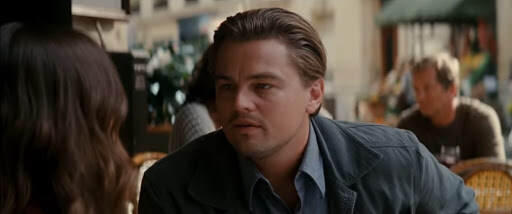Platforms for screening camera productions:
Television
Cinema
Interactive digital platforms
Film festivals
Series
| Big Band Theory |
Single drama
| Doctor Who |
Crime drama genre
| |
Soap Opera genre
| Eastenders |
Sitcom/Comedy
| |
Linear narrative
| |
Nonlinear narrative
| |
Multistrand narrative
| |
| |
Closed ending narrative
| |
Realist narrative
| |
Anti-realist narrative
|
The importance of camera angles
- The director now has some decisions to make; what to show and how?
- Story means certain things needs to be shown on screen but director has control
- If the director wants the audience to see where the scene is set then we would use extreme long shots
- Framing, two elements: shot size and camera angle
Shot size
Extreme long shot - XLS
Long shot - LS
Medium long shot - MLS
Mid shot - MS
Mid close up - MCU
Close up - CU
Big close up - BCU
Extreme close up - ECU
1. Extreme long shot
This shot is used to make a intense and dramatic feel to the scene as whats in the background is seen as something of destruction and it has crashed and broken
2. Long shot

This shot is used to show all the characters and we can see that they are all lined up and waiting for something. It gives us an idea of the setting and showing off key characters and showing off their costume
3. Medium long shot

This shot is used to show the waist up of a character in a film/series and its used well to show body language
4. Medium shot

This shot shows the top half of the character and its used quite a lot when its just one person talking or in a conversation. Shows what kind of role the character plays
5. Medium close up

1. Over the shoulder shot


No comments:
Post a Comment